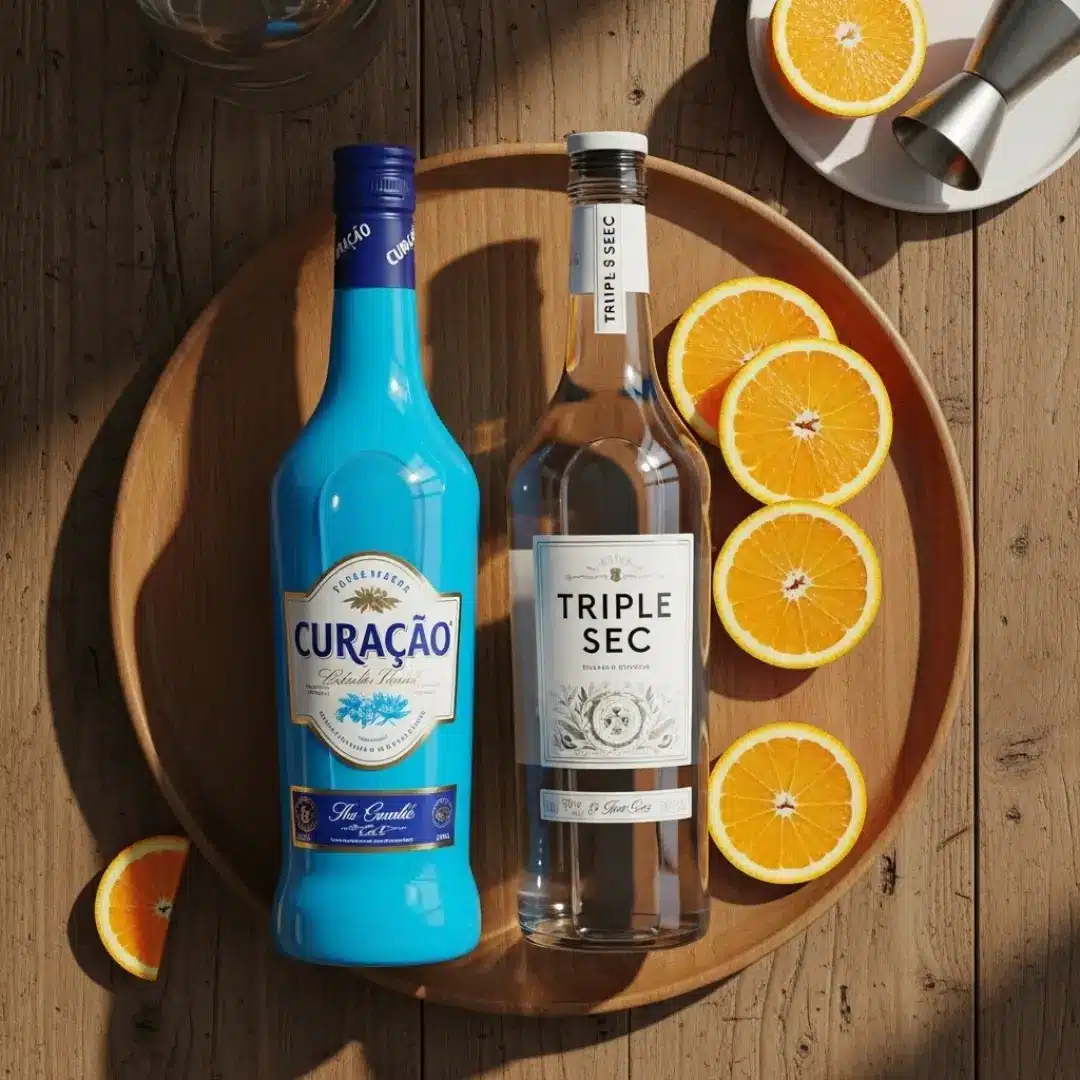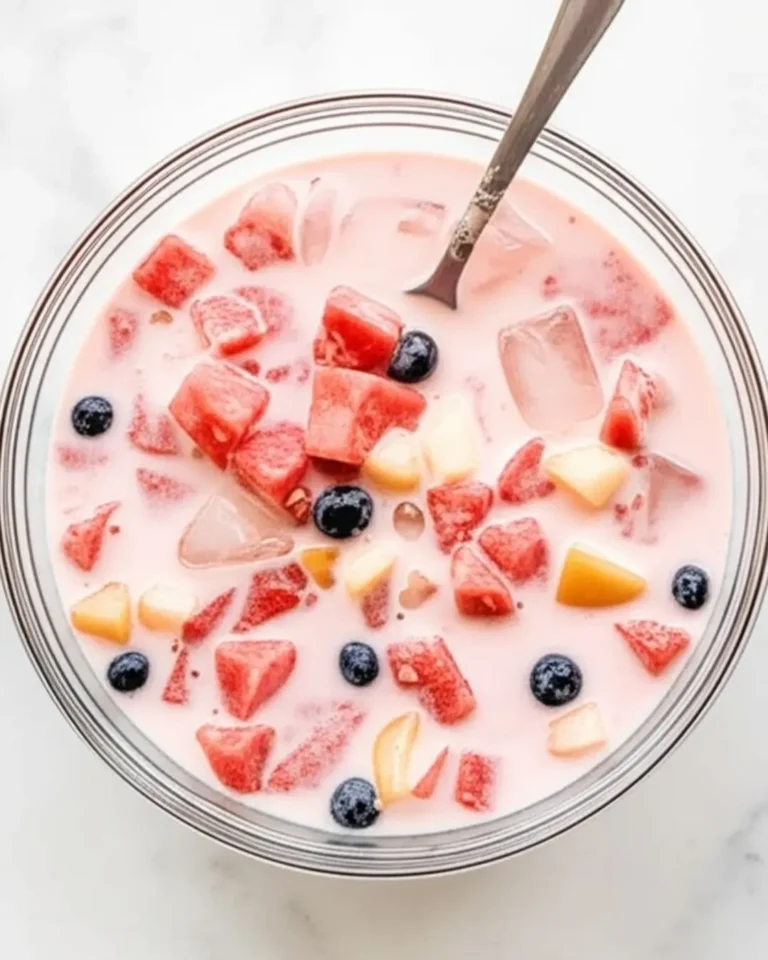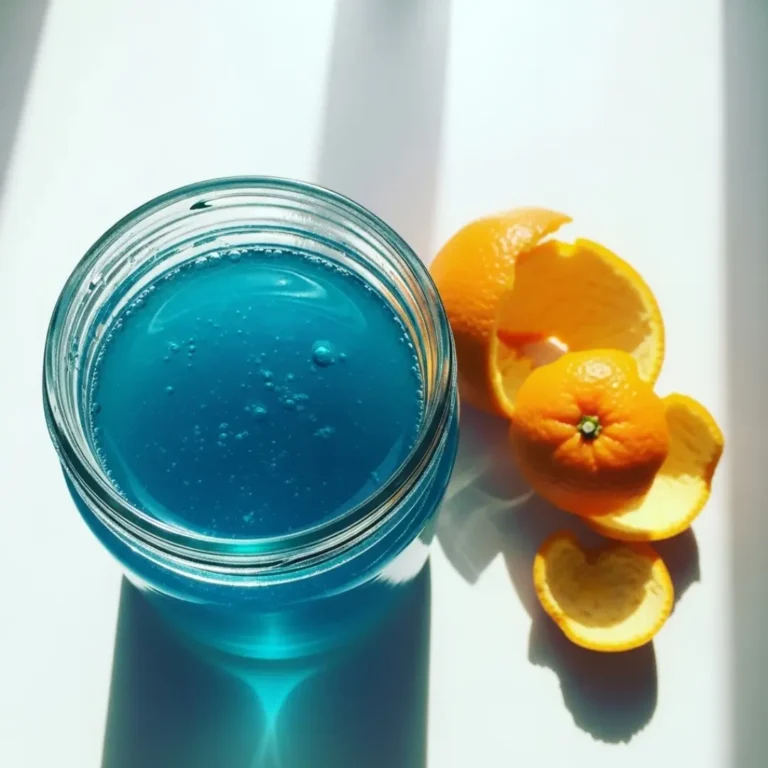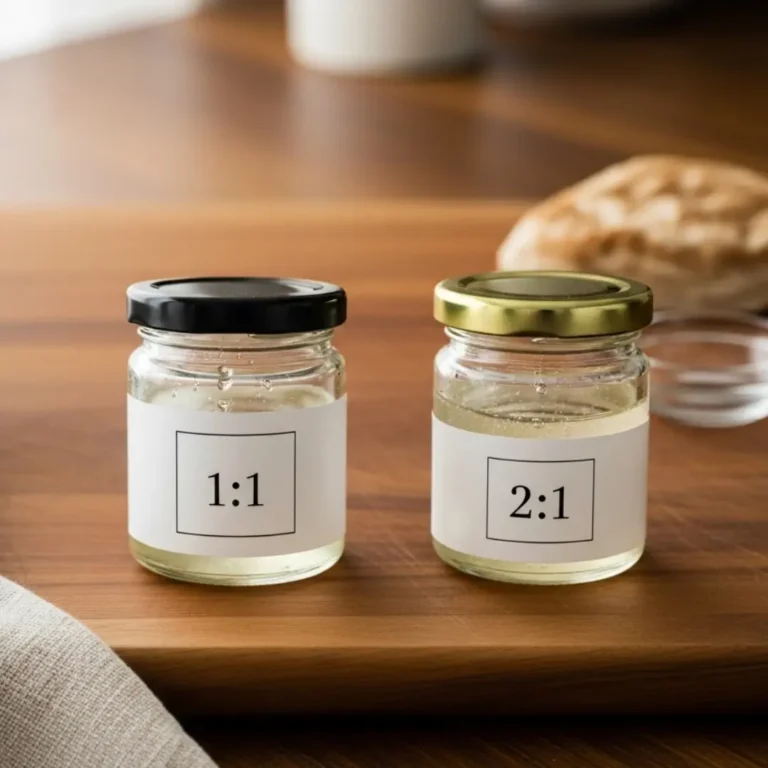Still unsure where Blue Curacao syrup fits into the bigger picture? I explain it fully in this complete syrup guide.
The Story Behind Each Flavor: Blue Curacao vs Triple Sec Origins
When it comes to citrus liqueurs, history shapes flavor—and in the debate of blue curacao vs triple sec, it starts with where each one comes from.
Blue Curacao traces its roots to the Caribbean island of Curaçao. It’s made using the dried peels of the Laraha orange—a bitter variety that evolved from the Seville oranges brought over by Spanish explorers. The island’s dry climate gave the fruit a tougher, more aromatic skin, which locals learned to steep in alcohol. Over time, this evolved into the blue-hued version we know today. Its flavor? Slightly bitter, slightly herbal, with a subtle citrus warmth that lingers.
Triple Sec, on the other hand, comes from 19th-century France. The name literally means “triple dry,” and while its origin story is a bit muddied between brands like Cointreau and Combier, the idea is the same: a clear, bright orange liqueur made from a blend of sweet and bitter orange peels. Triple Sec tends to taste cleaner and sweeter, with less of the earthy notes found in blue curacao.
So if you’re comparing blue curacao vs triple sec from a flavor standpoint, the difference is clear: Curaçao brings a deeper, slightly spiced citrus vibe, while Triple Sec delivers that sharp, sweet punch of orange zest—like sunshine in a bottle. If you’re wondering exactly what Blue Curacao syrup is, I break it down right here in this detailed guide.
How They Look in a Glass: Color & Visual Appeal
Let’s be honest—this is where the blue curacao vs triple sec comparison really turns heads. The difference isn’t just in flavor; it’s visual, and it’s dramatic.
Blue Curacao is famous for its electric, ocean-blue hue. But here’s the secret: the color has nothing to do with the ingredients. It’s entirely from added food dye—typically Brilliant Blue FCF. Still, that vivid shade transforms cocktails into showstoppers. Think blue margaritas, glowing lagoons, and vibrant party punches. When presentation matters, blue curacao brings the drama.
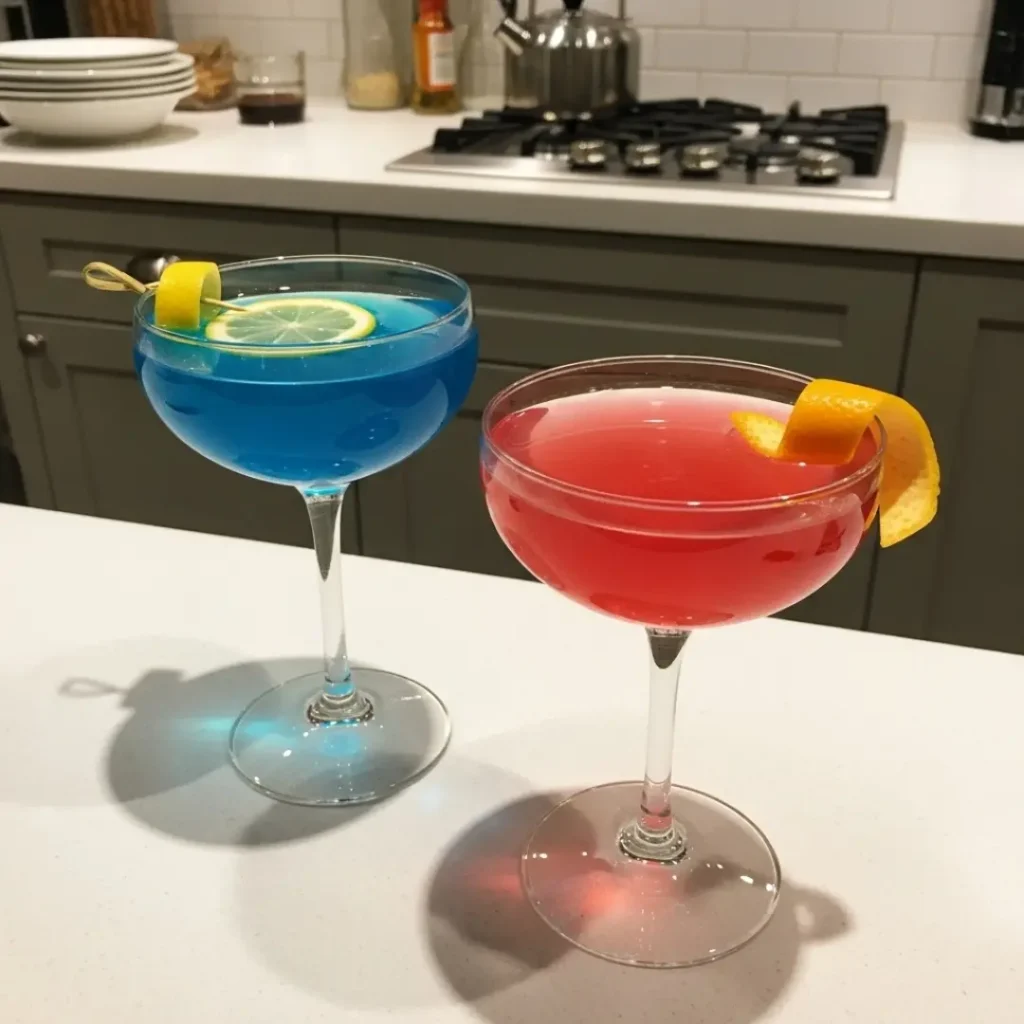
Triple Sec, by contrast, is clear and colorless. It blends seamlessly into drinks without altering their look—perfect for classic cocktails where you want citrus flavor without a splash of color. It’s the quiet workhorse behind many iconic recipes, from the Cosmopolitan to the Margarita.
Visually speaking, the two couldn’t be more different. One screams for attention; the other whispers it. But both have their place—depending on whether your cocktail needs flair or finesse.
What’s the Buzz? Comparing Alcohol Content
If you’ve ever wondered about the punch behind each pour, the alcohol content is where the blue curacao vs triple sec matchup levels out—almost.
Both blue curacao and triple sec fall into the liqueur category, which means they typically have a lower ABV (alcohol by volume) than hard spirits like vodka or rum. But their strength can still vary depending on the brand.
Blue curacao usually ranges between 15% and 40% ABV. The widely available versions (especially the syrupy ones used in casual cocktails) tend to be on the lower end, while premium brands edge closer to the 30–40% mark. It’s worth checking the bottle label because not all blue curaçaos are created equal—some are technically non-alcoholic syrups masquerading as the real thing.
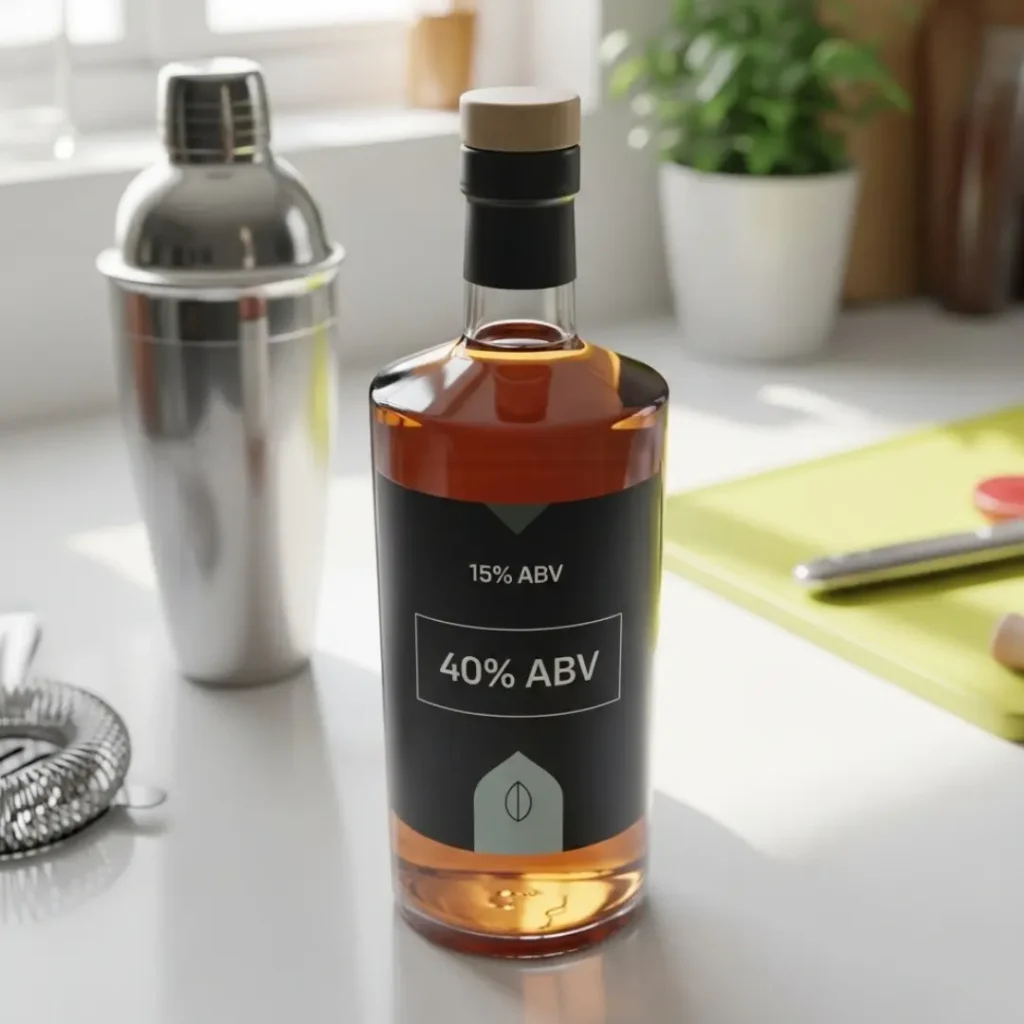
Triple sec also lands in the 20% to 40% ABV range. But here’s the twist: many high-quality versions like Cointreau or Combier lean toward the stronger side, often around 40%, making them closer to full-proof spirits in function.
So in the alcohol showdown of blue curacao vs triple sec, there’s no universal winner. It depends on the brand, your cocktail goals, and whether you’re using it for taste or a kick of booze.
When to Use Each One: Cocktail Roles & Pairings
Here’s where things get practical—and personal. When it comes to mixing cocktails, blue curacao vs triple sec isn’t just about taste or color. It’s about what you want your drink to do.
Blue curacao is a favorite in tropical and visually striking drinks. Its bold color turns any cocktail into a centerpiece. You’ll see it in beachside classics like the Blue Lagoon, Blue Hawaiian, or even vibrant twists on margaritas. Its slightly bitter citrus profile works well with pineapple, coconut, and lemon-based mixers. It’s the ingredient you reach for when you want your drink to look like a vacation.
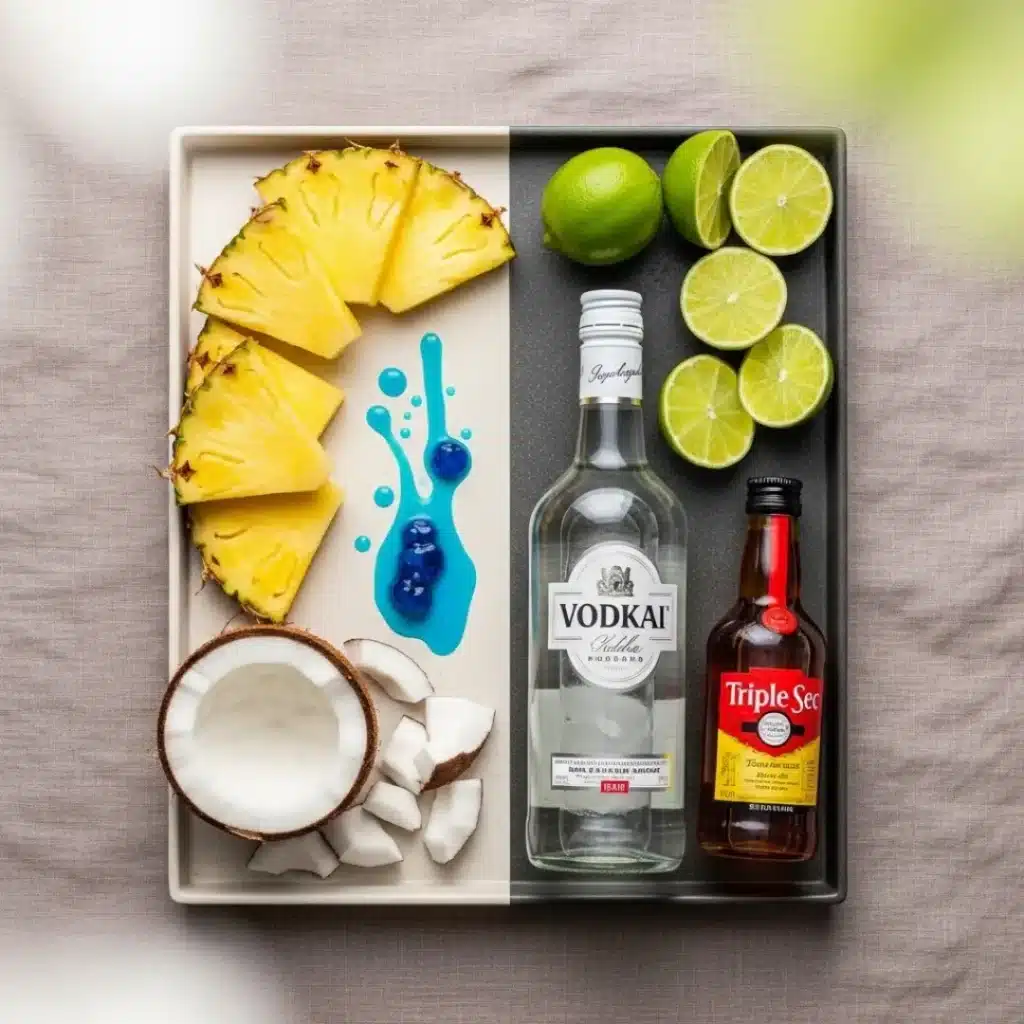
Want to see how both are used in actual drinks? I’ve gathered some of my favorite cocktails and mocktails featuring both.
Triple sec, on the other hand, plays a quieter but more versatile role. It’s a staple in some of the most enduring cocktails out there—Margaritas, Cosmopolitans, Long Island Iced Teas, Sidecars. It doesn’t add color, but it brings brightness and balance. Whether you’re offsetting the sourness of lime or adding complexity to tequila, triple sec is the go-to for precision.
In short, if your cocktail needs flair, choose blue curacao. If it needs finesse, triple sec’s your best friend.

Picking the Right Pour: Which Should You Use?
This is the part where most people expect a clear winner. But in the blue curacao vs triple sec debate, it’s less about which is “better” and more about what your drink—and your moment—calls for.
Reach for blue curacao when you want visual impact. Its vivid color transforms ordinary drinks into conversation starters. If you’re making cocktails for a summer gathering, themed event, or just want that “wow” factor, it’s hard to beat. Flavor-wise, it offers a subtle bitter-orange twist that won’t overpower fruity mixers, especially in tropical or playful settings.
Go with triple sec when precision matters. It’s clean, bright, and citrus-forward—ideal for cocktails where balance is key. If you’re following a traditional recipe or crafting a refined, classic drink, triple sec will give you consistency without adding color or muddling flavors.
Here’s a rule of thumb:
- Want a drink that looks like a party? Use blue curacao.
- Want a drink that tastes like one? Use triple sec.
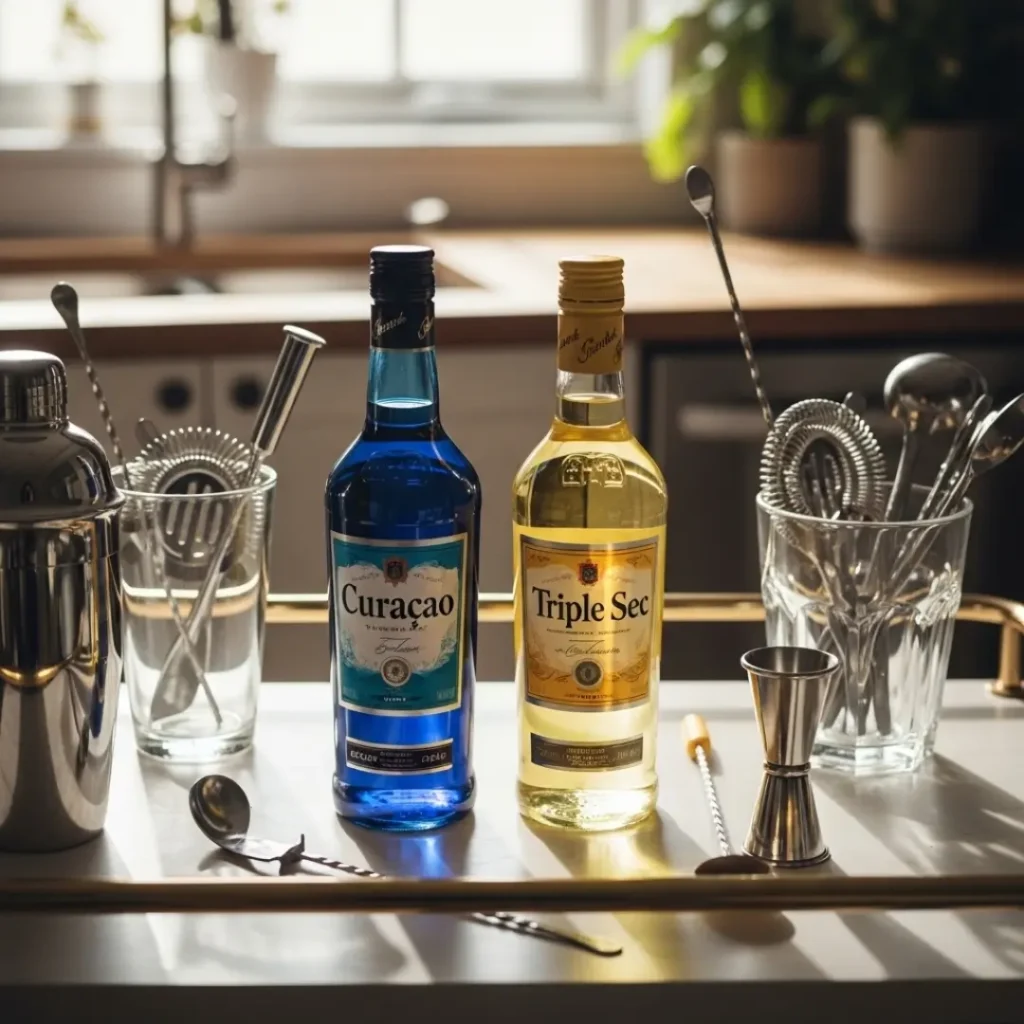
The good news? Both have a place in a well-stocked home bar. Knowing when to use each just means your cocktail game gets a whole lot smarter.
Final Sip: Wrapping It Up with Confidence
So when it comes to blue curacao vs triple sec, the answer really depends on what story you want your drink to tell. One brings the drama with its bold hue and beachy vibes; the other delivers timeless clarity and citrus precision. Neither is better—just different tools for different moods.
If you’ve ever stood in front of a recipe wondering which bottle to grab, hopefully this cleared it up. And if not, here’s your permission to try both. Mix. Sip. Learn. That’s how we get better—not just at making drinks, but at trusting our own flavor instincts.
And hey, if you’re like me and love a good morning tonic just as much as a thoughtful cocktail, I share new recipes every day on my Facebook page. Come join the Golden Era community—it’s where health meets heritage, one sip at a time.


